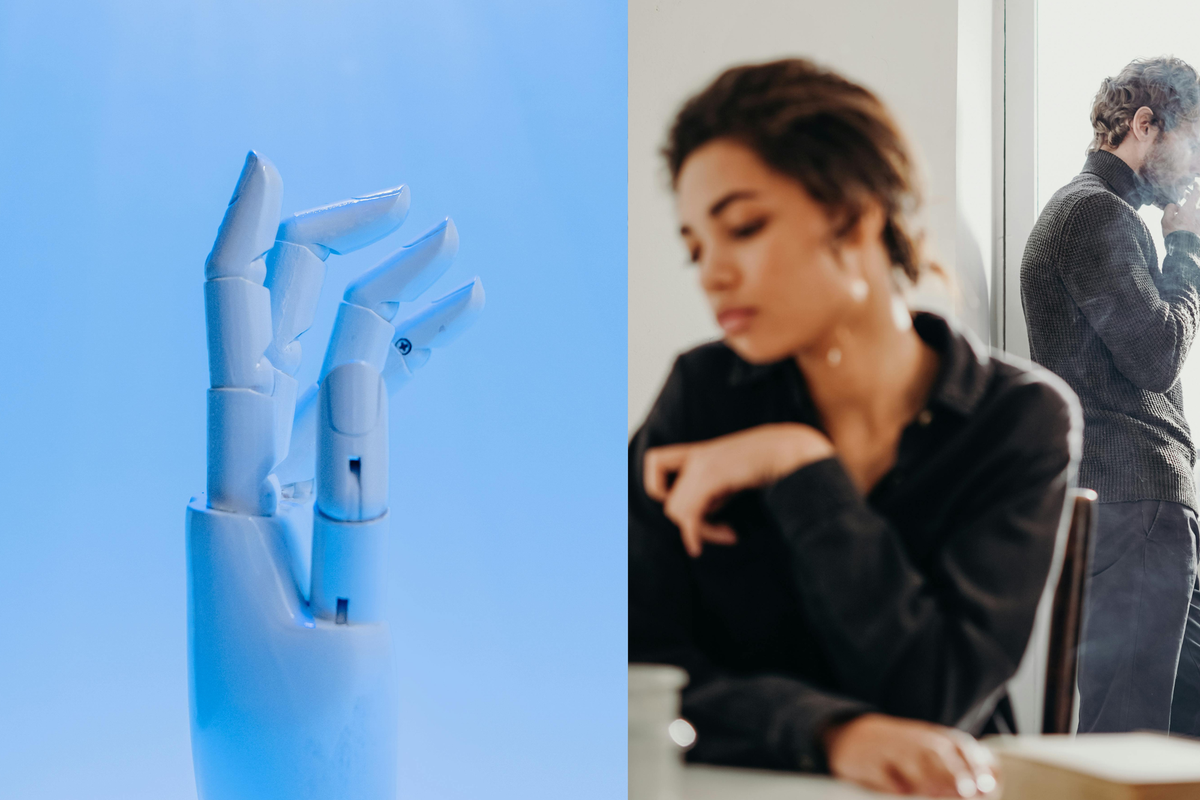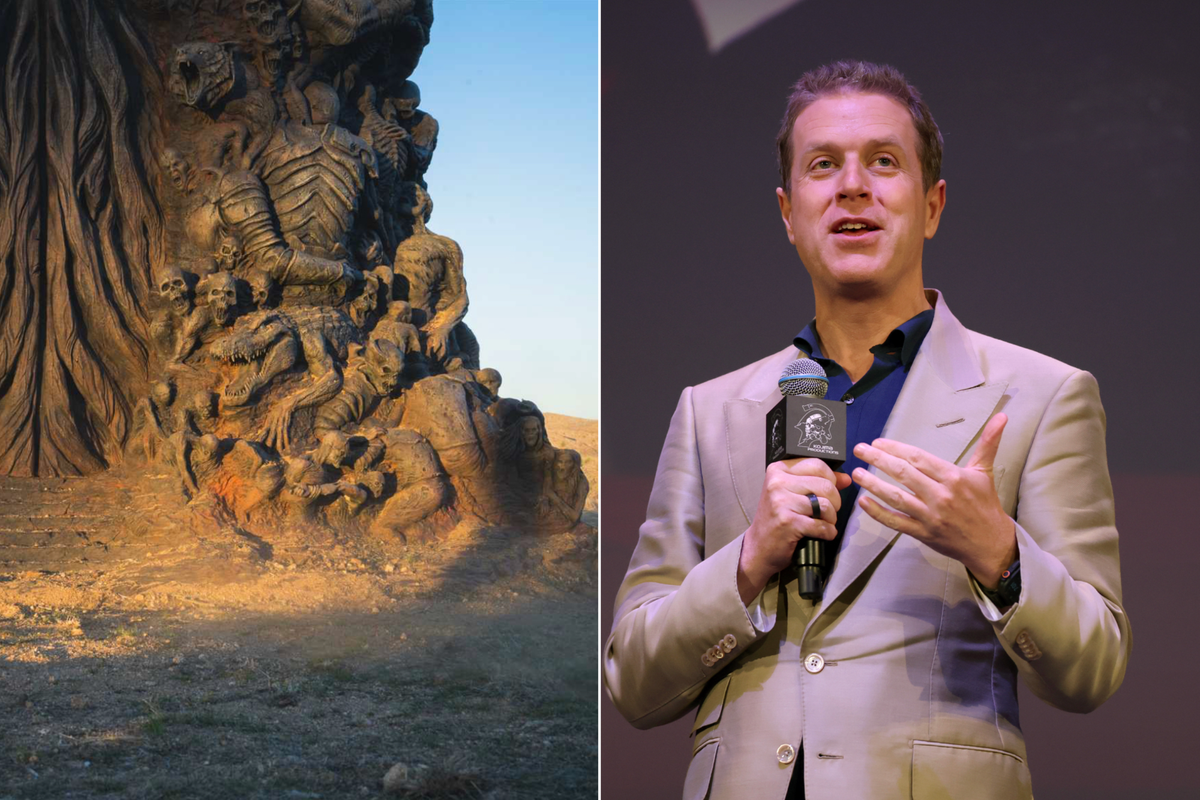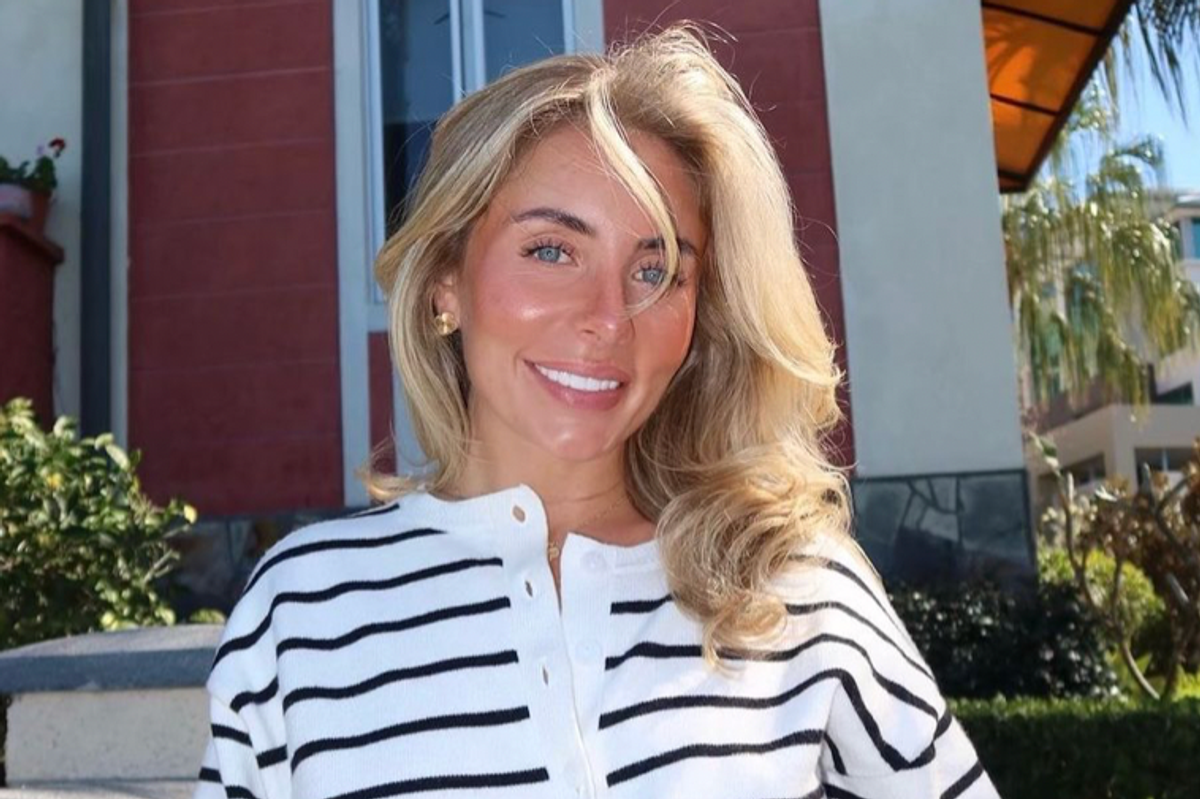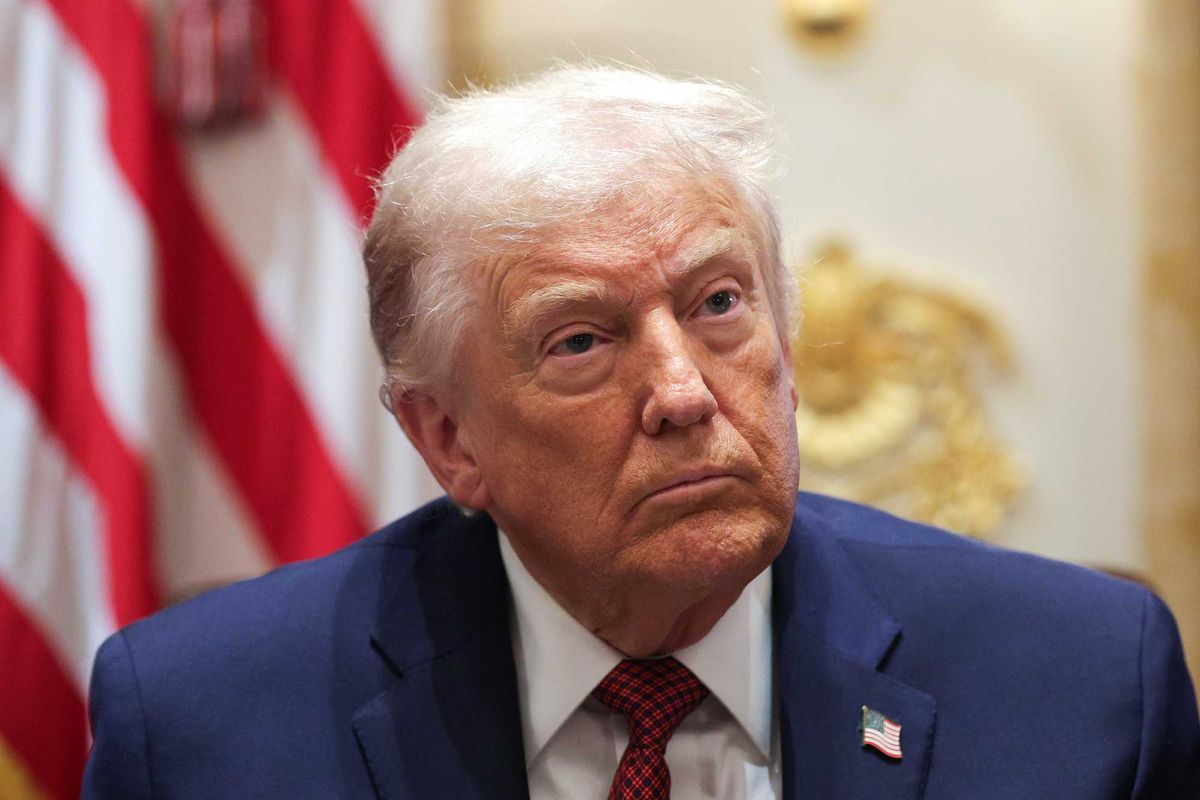Ryan Gawn
May 18, 2020
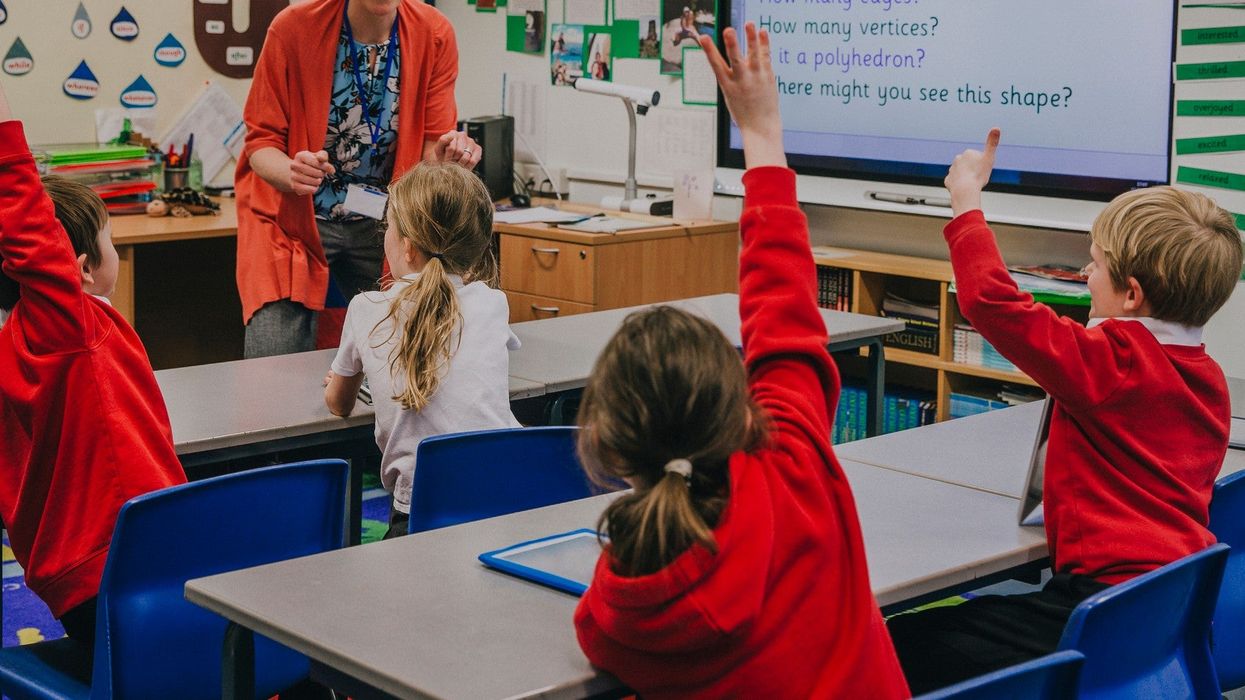
Denmark's primary schools re-opened three weeks ago
by Ryan Gawn
As the UK furiously debates whether schools should re-open as part of easing of lockdown measures, education secretary Gavin Williamson has cited the experiences of both Denmark and the Netherlands in arguing that restarting classes in England can be done safely.
As a British parent living in western Denmark, I'm very familiar with many parents’ fears regarding reopening. In fact, both of my children returned to nursery over three weeks ago.
Denmark went into lockdown in mid-March, 10 days before the UK, with offices, schools and businesses closing across the country. Like many parents, we initially struggled: it wasn’t easy working from home, juggling extra hours of childcare with a one-year-old and a four-year-old. But after a few weeks, our family adjusted, aided by good weather, Joe Wicks, video calls with family back in the UK, and many of the playful activities for children developed by colleagues at (I work at The LEGO Foundation). With frequent hand-washing, it wasn’t a surprise when our one-year-old added the word “hands” to her nascent vocabulary.
By mid-April, we were confident in the Danish government’s handling of the situation.
Trust is crucial.
Denmark had been widely praised, locking down early and providing clear guidance, including in English. One memorable moment saw children questioning the prime minister Mette Frederiksen, on the government’s response. Nevertheless, when she announced that preschool and primary schooling would resume as part of a phased re-opening, we had mixed feelings. We were excited to be able to focus properly on our work, and for our children to be able to play with their friends again.
Statistics had been moving in the right direction, children appeared to be least at risk, and we had confidence that the health system would be able to handle any second wave, which might include us.
However, we also felt very real trepidation:
Surely opening up in this way would increase infections? Were we putting our children and ourselves at risk? How would the kindergarten cope?
Would there be enough space? And how can exuberant youngsters even begin to do “social distancing”?
Other parents were worried too.
As one of the first in Europe to reopen, it wasn’t a surprise to see fears expressed on social media – one Facebook group with 39,000 members was called “My child will not be a Guinea pig for Covid-19”. Some shared that they planned to keep their children home due to family health vulnerabilities. Others preferred to “wait and see what happens” – perhaps more comfortable for others’ children to be the guinea pigs. Some didn’t have a choice in the matter.
My wife and I discussed this over many evenings and, naturally, shared a few tears. Ultimately, we knew that our children needed to go back – with their thirsty young brains and burgeoning social skills, even a few weeks away from other children wasn’t ideal. There was only so much that we could offer – while we could play with them and keep them healthy and happy, we couldn’t replicate the lessons gained in the playground, playing alongside kids their own age. So, we knew it wasn’t really a question of if they would go back, but when.
We soon received information on what the new normal would look like.
Most of the requirements appeared impossible given the physical space restrictions, staffing and resources. My wife spoke with a kindergarten teacher, who, with typical Danish frankness plus a tinge of stoicism, explained that the government had “decided that it was time to come back, so it’s time to come back”. When asked what we could do to help prepare, she replied that we should make sure he knew how to wash his hands properly.
We then heard that the return had been postponed as the municipality needed a few more days to get ready. Both that teacher’s attitude and the decision to delay opening increased our confidence that we had made the right decision – local authorities, teachers and schools were empowered to say what they could / couldn’t do safely, and were prepared to hold off until they were truly ready.
How did it work in practice?
Arriving at the kindergarten to the welcome sight of lots of other like-minded parents, my son and I were guided to a specific entrance (each “team” uses a different entrance / timing), where, before going inside, we washed our hands at sinks by the door. They had clearly thought this through properly. Waiting our turn in a suitably socially distanced fashion, we entered the cloakroom (two adults max) through a one-way system, where we offloaded their gear and said our quick goodbyes. Our little boy skipped with joy towards his classmates as I thanked his teacher, turning towards the door with a gulp. They were back.
That first week was exhausting, for different reasons. For the kids, it was due to the potent mix of a return to full time Danish (we speak English at home), plus lots of fresh air and sun. For my wife and I, we hadn’t realised how tired we were. We had been running on adrenaline, paddling furiously to maintain some semblance of normalcy for our family, and of course managing our concerns about the pandemic and its implications.
Three weeks on, our fears have subsided, although not disappeared.
The signs are positive – the infection rate has continued to fall since the reopening of kindergartens and primary schools. Dorte Lange, vice president of the Danish Union of Teachers, told the BBC, "We are glad to say the re-opening up to now has been quite successful."
Space constraints have been managed as more and more children return, and areas where space is limited, others have stepped in to help – in Copenhagen, they have used amusement parks, zoos, museums and football stadiums as temporary venues. Local schools and kindergartens have been learning as they go, collectively working with unions, local authorities and governments, modifying their approaches based on the practicalities they face and communicating regularly with parents.
Of course, it hasn’t been perfect, and it can’t be. But parents have trusted them to do their best given the circumstances, recognising that nowhere is risk-free, that life must go on, and that there is a shared interest – we need to work together to get our children back to school, and to learning and playing, safely.
The kids have adapted to the new normal much quicker than us.
Now, in a smaller group of children (a “bubble”) with limited crossover, and spending most of his time outside, our son talks about new friends he has made and his numerous outdoor discoveries. The new outdoor clothes we had bought have already been washed multiple times.
Differences in demographics, population density, infection rate and approach, duration of lockdown, along with numerous other factors, show that it’s not possible to compare the situation in the UK with that of Denmark. Nevertheless, Denmark’s experience may offer some lessons.
Someday, hopefully soon, our nieces and nephews in the UK will be able to return to their schools.
When that time comes, British parents will no doubt share many of the concerns and challenges which we felt as schools reopened here in Denmark. For our family, our trust in the government, schools and our tireless and brave teachers, has played a huge role in giving us the confidence to take what was a leap of faith during such an uncertain time.
Ryan Gawn is a parent and director at The LEGO Foundation.
Top 100
The Conversation (0)
